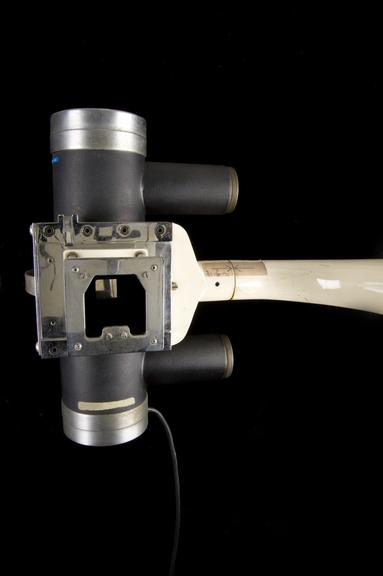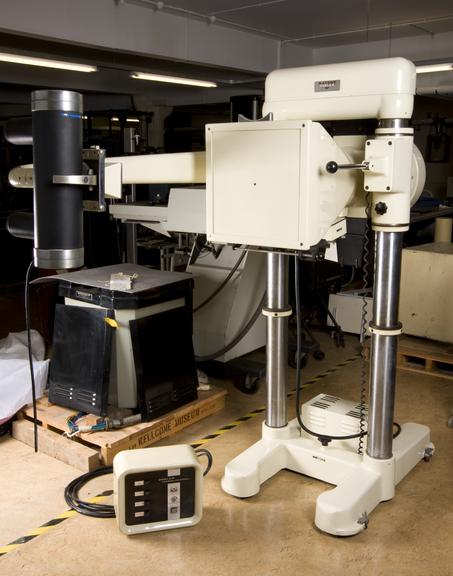
Watson-Odelca x-ray set for mass miniature radiography, Europe, 1960-1961
1960-1961


Watson-Odelca photo-fluorographic x-ray set for mass miniature radiography (100mm images), with safety monitor and equipment, made by Watson and Sons (Electro-Medical), London, England, and N.V. Optische Industrie (De Oude Delft), specialist makers of X-ray equipment and optical technology, Delft, South Holland, Netherlands, used at Ilford Chest Clinic, London, England, where patients diagnosed with tuberculosis could be treated, 1960-1961
Mass miniature radiography was used to diagnose tuberculosis in Britain from 1936 onwards – in an attempt to control the disease by catching those affected as early as possible. People who appeared outwardly healthy might still show signs of tuberculosis, such as lesions in the chest, and so could spread the disease. This cream coloured machine produced X-ray images that were just 100 mm high. If physicians were unsure about a miniature X-ray when viewed on a projector, the patient was sent to hospital for a full chest X-ray.
A radiographer used the safety monitor with a mass miniature radiography set as controls on the unit ensure the correct procedure is followed. Distinct lights on the machine indicate several things. These include when the unit is ready to shoot, if the radiograph film has run out and if the filming cycle is complete. A second indicator also ensures a patient’s card, complete with personal information, is inserted into the holder before the X-ray is taken. The unit combines the X-ray image of the chest with an image of the patient’s card so no information is mismatched.

1960-1961
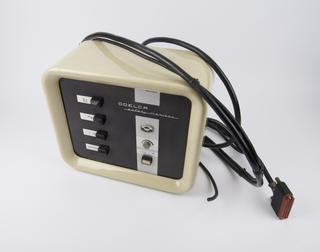
1960-1961
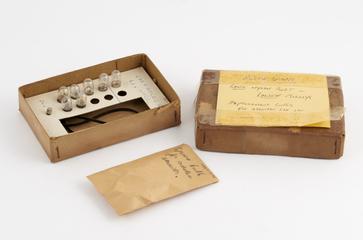
1960-1961

1960-1961
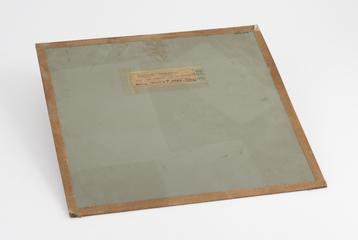
1960-1961
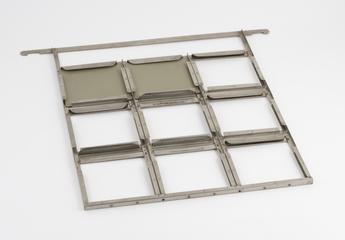
1960-1961
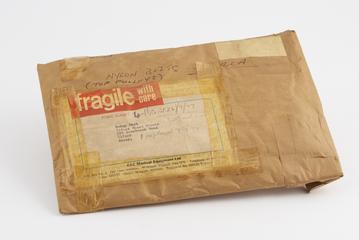
1960-1961

1960-1961

1960-1961
1960-1961
1960-1961
